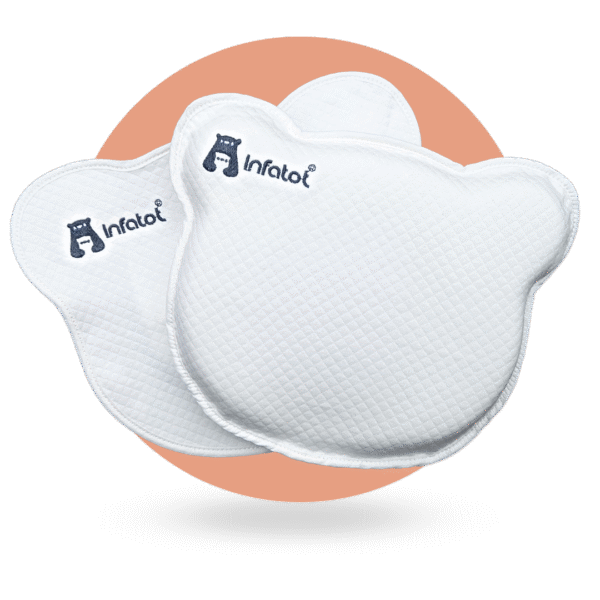Blog

Introducing solid foods to your baby is an exciting milestone, but it can also be a little daunting. There are so many things to think about, from when to start to what foods to offer. But don’t worry, we’re here to help! In this blog post, we will give you a beginner’s guide to baby food, including everything you need to know about starting solids.
When to Start Solid Foods
The American Academy of Pediatrics (AAP) recommends that parents start introducing solid foods to their babies at around 6 months of age. However, every baby is different, and some may be ready sooner or later. The best way to know when your baby is ready is to watch for signs of readiness, such as:
- Your baby is able to sit up on their own.
- Your baby shows interest in food.
- Your baby has good head control.
- Your baby’s tongue thrust reflex (the reflex that pushes food out of the mouth) has disappeared.
If you’re not sure if your baby is ready for solid foods, talk to your doctor.
What Foods to Offer
When you start introducing solid foods, it’s important to offer a variety of healthy foods. Some good first foods to offer include:
- Iron-fortified cereal
- Pureed fruits and vegetables
- Mashed potatoes
- Strained yogurt
- Soft cooked eggs
- Oatmeal
It’s important to introduce new foods one at a time, so you can watch for any allergic reactions. Offer each new food for a few days before introducing another new food.
How to Prepare Baby Food
There are a few different ways to prepare baby food. You can buy pre-made baby food, make your own baby food at home, or use a combination of both.
If you decide to make your own baby food, there are a few things you’ll need:
- A blender or food processor
- A set of ice cube trays
- Freezer-safe storage bags or containers
To make your own baby food, simply wash and chop the fruits or vegetables you want to use. Then, puree them in the blender or food processor until they are smooth. You can also cook the fruits or vegetables before pureeing them.
Once you’ve pureed the fruits or vegetables, divide them into small portions and place them in ice cube trays. Freeze the cubes until solid, then transfer them to freezer-safe storage bags or containers. This way, you’ll have pre-made baby food on hand when you need it.
How to Feed Your Baby
When you’re ready to feed your baby solid foods, there are a few things you’ll need to do:
- Wash your hands thoroughly.
- Sit in a comfortable chair with your baby in your lap.
- Offer your baby a small amount of food on a spoon.
- Let your baby take the spoon from you and feed themselves.
- Be patient and don’t force your baby to eat.
If your baby doesn’t seem interested in the food, try again later. You can also try offering different foods to see if your baby likes something else.
Common Problems
There are a few common problems that parents may encounter when introducing solid foods to their babies. These include:
- Gagging: It’s normal for babies to gag when they first start eating solid foods. This is because their gag reflex is still developing. If your baby gags, don’t be alarmed. Simply remove the food from your baby’s mouth and try again later.
- Refusal to eat: Some babies may refuse to eat solid foods at first. This is usually because they’re not used to the taste or texture of solid foods. If your baby refuses to eat, try offering different foods and textures. You can also try offering food at different times of day.
- Constipation: Constipation is a common problem in babies who are starting solid foods. This is because solid foods can be more difficult to digest than breast milk or formula. If your baby is constipated, try offering more fruits and vegetables. You can also try giving your baby a small amount of prune juice.
When to Talk to Your Doctor
If you have any concerns about your baby’s eating habits, talk to your doctor. They can help you troubleshoot any problems and make sure your baby is getting the nutrition they need.
Introducing solid foods to your baby is a big milestone. By following these tips, you can help make the transition a smooth one for both you and your baby.
Top rated products
-
 Infatot Plagiocephaly
Infatot Plagiocephaly
Flat Head PillowRated 5.00 out of 5£19.99 -
 Fruit Feeder & Tray Set
Rated 4.91 out of 5£14.99
Fruit Feeder & Tray Set
Rated 4.91 out of 5£14.99 -
 Koda Koala Bitey Pair
Rated 4.87 out of 5£7.99
Koda Koala Bitey Pair
Rated 4.87 out of 5£7.99 -
 Koda Koala Crinkle Sheets
Rated 4.87 out of 5£7.99
Koda Koala Crinkle Sheets
Rated 4.87 out of 5£7.99
















